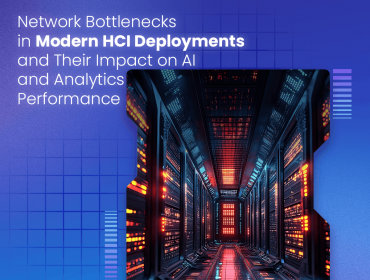Cloud service providers currently follow a shared security responsibility model, which means your security team maintains some responsibilities for security as you move applications, data, containers, workloads, etc. to the cloud. While the provider shares some but not all the responsibility. Defining the line between your responsibilities and those of your providers is extremely essential in reducing the risk of liabilities into your public, hybrid, and multi-cloud environments. The cloud providers or vendors protect the outer circle and users protect the internal circle of the company through cloud security.
Ongoing concerns over data exposure have made cloud security a top priority. The challenge lies in balancing an organisation’s need for success with the need to improve the security of applications as well as that of data as it moves between various clouds. Gaining the understanding and mobility to do so is the best opportunity for any firm to get the work done from such cloud service providers.
Protect the base:
It is important to protect the internal circle of the cloud that includes confidential information of the firm as it is a significant part of the responsibility. It is important to keep insights and save the assets inside the cloud from the threats that may have broken the outer circle managed by the vendors.
Explaining edges in shared responsibility:
It is particularly important to know that to become a successful enterprise the responsibilities must be shared within the firm amongst the people who work towards a similar goal. This is why it is important to understand where your cloud vendor responsibilities end and where yours starts. There is so much space for open topics but it is important to work together as you can come down even if you left one mistake in any of the systems, it catches your weak link and moreover increases your vulnerability in the environment.
Management:
It is important for different teams to work together in harmony and track how and when your cloud resources are provisioned. The security team should also track every move in the cloud to protect the enterprise from facing any downtime.
Shared Responsibility of applications:
Cloud security also protects the application used by the enterprises to maintain the workload. It is especially important to keep your cloud data out of reach of various vulnerabilities that possess a maximum risk to the firm. You may run secured applications so as to lower your security burden through the surrounding.
Responsibilities of cloud service provider:
Even though you manage most of the security issues concerning your cloud infrastructure, your provider is designed to handle various parts of responsibility. They take up 100% control over the following:
Physical assets: As the provider controls provisioning of physical resources, it is also the providers duty to maintain and protect the user’s application and data encryption.
Protecting hardware: Providers protect hardware data through software and physical means and ensures to solve any hurdles that may arise while protecting this data.
As in this environment the weight of cloud security is divided amongst you and your provider it turns out to be easier for the user to focus and implement your part of responsibility and work towards achieving every single goal of the enterprise. As shared responsibility makes the workload a lot lesser and faster as different individuals work towards a common goal and shared responsibilities also helps the foundation to build up and shape the firm to be much reputed and stronger in terms of responsibilities, security, applications and work and coverage of the environment from end to end.
Let us tell you more about how production-grade cloud solutions from Netweb can boost your company’s agility, security, and control—and your own peace of mind. For more information: https://netwebcsp.com/











